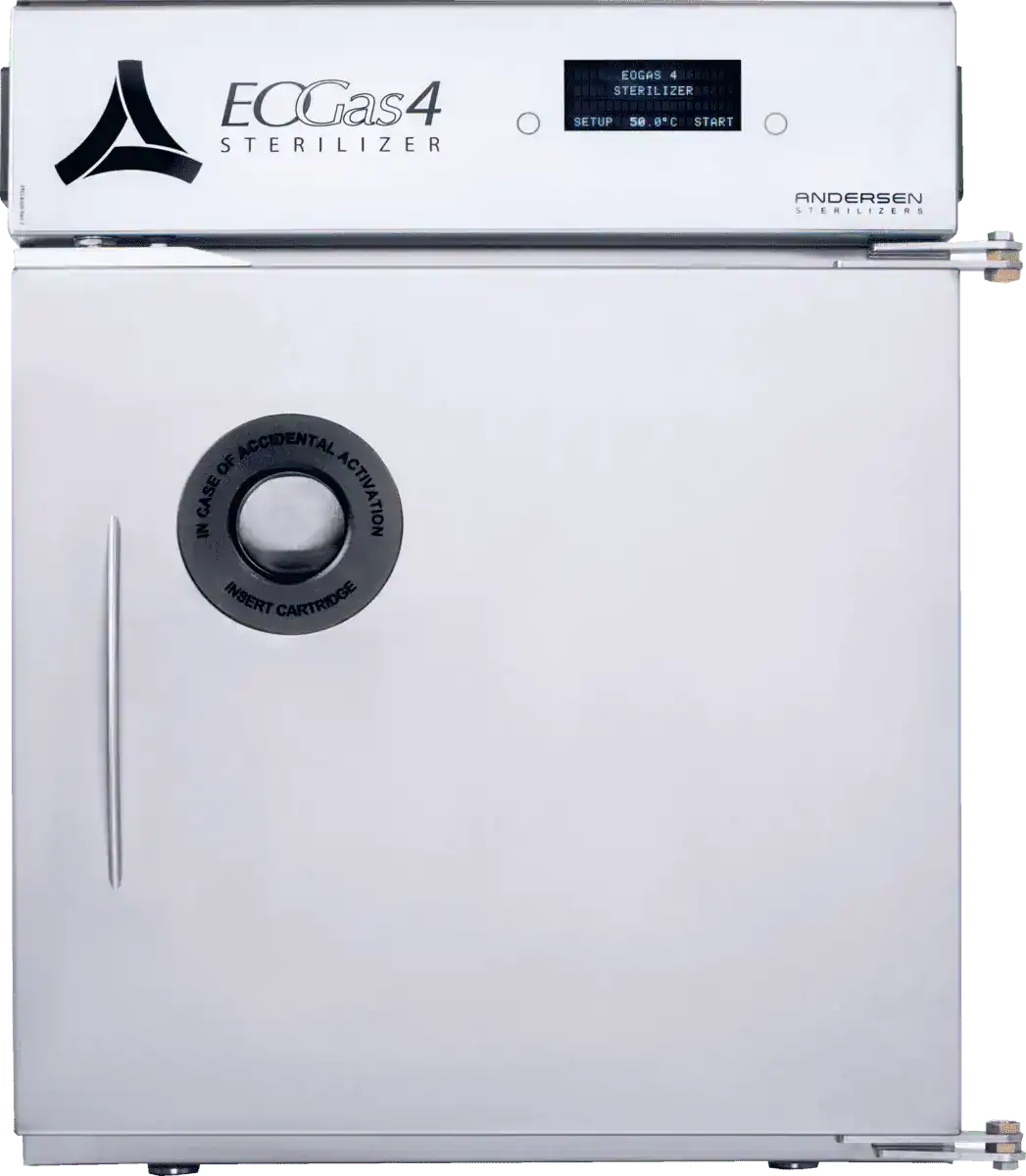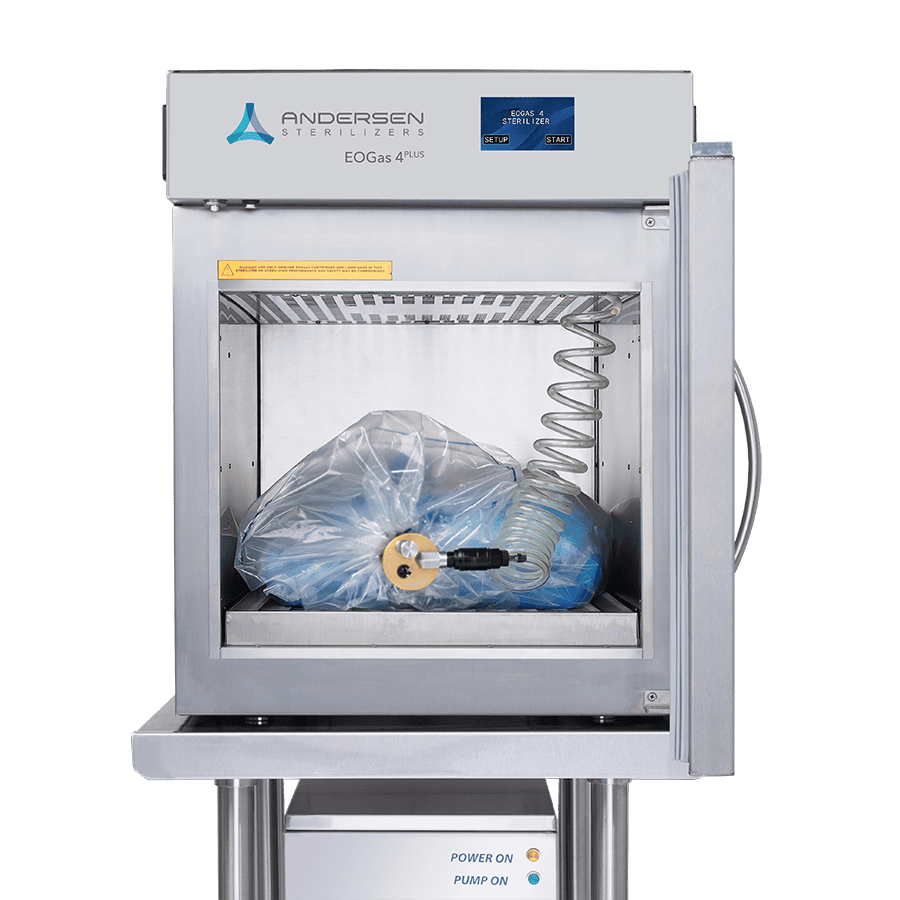
What is used to sterilize dental instruments? In dental practices, ensuring the sterility of dental tools is essential to protect patients from infections and cross-contamination. To achieve this, various methods and tools are employed. Let’s take a look at the methods and tools that are used in the process of sterilizing instruments.
By understanding the techniques and equipment utilized, dental professionals can uphold the highest standards of cleanliness and safety in their practices.
Methods for Dental Instrument Sterilization
Ensuring the safety and sterility of dental tools is of utmost importance in dental practices. To achieve this, various methods are employed for the sterilization of dental instruments.
Heat Sterilization (Autoclaving)
One widely used method for dental instrument sterilization is heat sterilization, also known as autoclaving. Autoclaving involves subjecting the instruments to high-pressure steam at a specific temperature and duration. This method effectively kills bacteria, viruses, and other microorganisms, making it a reliable choice for maintaining instrument sterility.
Advantages of heat sterilization:
- Highly effective in killing a wide range of microorganisms, including heat-resistant spores.
- Relatively quick process, providing efficient turnaround times for instrument sterilization.
- Compatible with various types of dental instruments, including metal and heat-resistant plastics.
Disadvantages of heat sterilization:
- Some dental tools may be heat-sensitive and cannot withstand the high temperatures required for autoclaving.
- Autoclaves can be costly to purchase, maintain, and operate.
Chemical Sterilization
Chemical sterilization involves using chemical agents to eliminate microorganisms on dental instruments. This method is typically used for instruments that cannot withstand the high heat of autoclaving. Ethylene oxide gas and hydrogen peroxide plasma are commonly utilized chemical agents for sterilization.
Advantages of chemical sterilization:
- Effective in sterilizing heat-sensitive instruments.
- Allows for sterilization of complex-shaped instruments and small lumens.
- It can penetrate porous materials and kill microorganisms residing within.
Disadvantages of chemical sterilization:
- Requires specialized equipment and controlled conditions.
- Chemical agents may have potential health and safety risks if not handled properly.
- Extended exposure times may be needed to ensure complete sterilization.
Dry Heat Sterilization
Dry heat sterilization involves subjecting dental instruments to high temperatures in a dry environment. This method is suitable for instruments that may be damaged or corroded by moisture. However, it typically requires longer exposure times compared to autoclaving.
Advantages of dry heat sterilization:
- Does not require the use of water or steam, eliminating potential moisture-related damage to instruments.
- Suitable for instruments that are sensitive to moisture or heat variations.
- It can be used for sterilizing instruments with embedded electronic components.
Disadvantages of dry heat sterilization:
- Longer exposure times are often needed to achieve effective sterilization.
- Equipment for dry heat sterilization can be more expensive than autoclaves.
- It may not be suitable for all types of dental instruments.
Newer Technologies: Cold Sterilization
In recent years, newer technologies for dental instrument sterilization have emerged, such as cold sterilization. Cold sterilization involves the use of chemical solutions or gases that can eliminate microorganisms at lower temperatures. Ultraviolet (UV) light sterilization is another technique utilized for certain instruments.
Advantages of cold sterilization:
- Suitable for sterilizing heat-sensitive instruments.
- Can be an effective option for items that cannot withstand autoclaving or chemical sterilization.
- Can be quicker than other sterilization methods.
Disadvantages of cold sterilization:
- May not be as effective as heat or chemical sterilization methods in eliminating certain types of microorganisms.
- May require longer exposure times for complete sterilization.
- Cold sterilization solutions may need to be monitored and replaced regularly.
Tools for Dental Instrument Sterilization
Ensuring the sterility of dental tools is crucial, using several specialized tools to maintain a clean and safe dental practice environment. Sterilization pouches and autoclaves are key, with the former protecting instruments during sterilization and the latter using high-pressure steam for effective sterilization. Chemical indicators are essential for monitoring this process, changing color to confirm the effectiveness of sterilization.
Ultrasonic cleaners and sterilization wraps also play significant roles by removing debris and protecting against recontamination. These tools are fundamental for what is used to sterilize dental tools, promoting patient safety and infection control.
Enhancing Dental Care with Advanced Sterilization
At Andersen Sterilizer, we specialize in offering advanced sterilization solutions for the dental industry. We ensure the highest standards of infection prevention through our comprehensive range of sterilizers that are designed to maintain the integrity and functionality of delicate dental instruments.
Our systems provide terminal sterilization with a sterility assurance level (SAL) of 10^{-6}, ensuring that your dental practice can deliver safe and effective care without the risks associated with microbial contamination. We support your dental practice with FDA-cleared technologies that are not only easy to use but also cost-effective, promoting a quicker return on investment.
Our sterilizers accommodate a variety of dental tools and materials, from surgical instruments to electronic devices, enhancing your practice’s efficiency and safety.
Spread the Word
Expert Guidance for Your Needs
Tell us about your sterilization requirements — our experts are here to guide you to the perfect EO solution.

